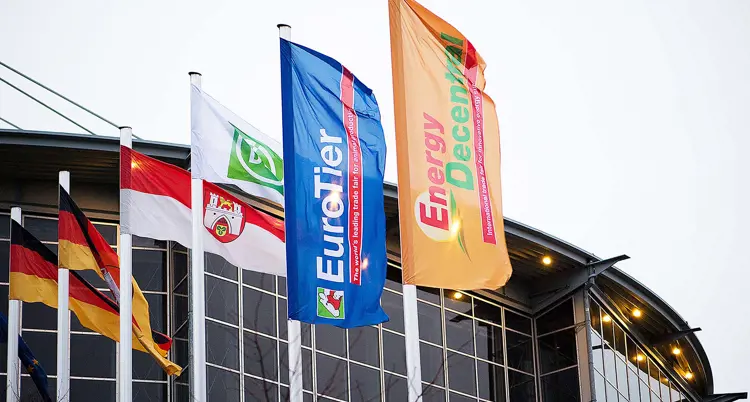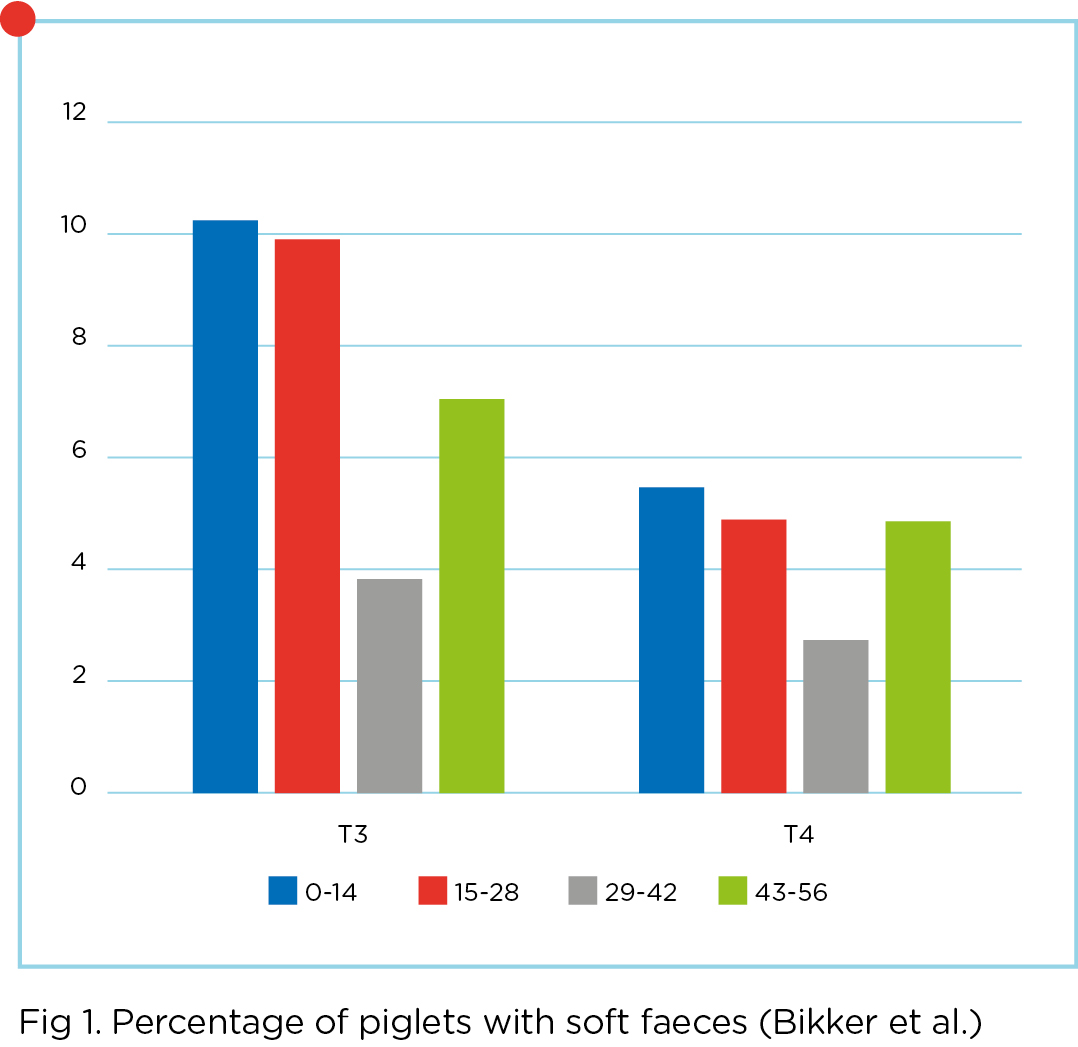Amendment of EU copper regulation in piglet feed is coming soon
EU Regulation 2018/1039 on copper sources for animal nutrition was officially published in the Official Journal of the European Union on 24 July. This means that the regulation has come into effect on the 20th day after this publication (13 August 2018).

The discussion about heavy metals in pig feed is not new. Levels of copper and zinc in feed have already been reduced and the elevated use of zinc oxide as medication has been banned in the Netherlands since May 2018. Other countries will follow later. In this article, Koudijs explains the effects of the new copper regulation on the feeding strategy and performance of pigs.
Copper: An essential trace element
Copper is an essential trace element for all forms of life and performs several biological functions. However, elevated levels of copper (higher than the biological requirements) are used for their positive impact as a growth promoter through the effect of copper on
pathogens. Copper plays a vital role in: formation of haemoglobin, release of iron from the cells into the plasma via ceruloplasmin, oxygen metabolism, many enzyme systems (oxidative phosphorylation, cell antioxidant system) and pigmentation.
Copper: Which form to use?
Table 2 shows that the biological requirements are easily covered by the new maximum levels. The study “Bioavailability of Major and Trace Minerals” (Jongbloed et al. – 2002) already showed us that copper sulphate has a high relative bioavailability as a copper source for pigs. Furthermore, the NRC (2012) stated that organic complexes of copper seem to have equal bioavailability compared with copper sulphate in most of the trials. Based on EU copper limits, the biological needs of pigs and the bioavailability of diverse sources, Koudijs recommends using copper sulphate as copper source.

Effects of lowering copper supplementation
A key study (Fig 1) was published in 2015 by Paul Bikker and others from Wageningen University and Research Centre in the Netherlands, explaining the effects of reducing copper levels for weaned pigs (120 ppm Cu compared with 160 ppm Cu until day 56 after weaning). In April 2018, Koudijs also completed a trial on reducing copper (160 ppm Cu with compared with 20 ppm Cu from day 28 after weaning). Although neither trial showed a significant effect of copper reduction on daily gain, feed intake and FCR, there was an effect on the consistency of the faeces. In the Koudijs trial, piglets with low copper had 31% more softer faeces compared with piglets with high copper.
Conclusions and Koudijs recommendations
So what can we expect from the new maximum copper
limits?
- From 13 February 2019, new norms must be implemented for premixes and complementary feeds.
- From 13 August 2019, new norms must be implemented for compound feeds.
- The existing products may then be used until the expiration date.
- Copper affects digestion and so can effect the consistency of faeces.
- The effect of copper reduction can be replaced by nutritional solutions.
- Koudijs research into alternative ingredients presents positive effects.
If you have any questions or remarks, feel free to discuss them with us.

